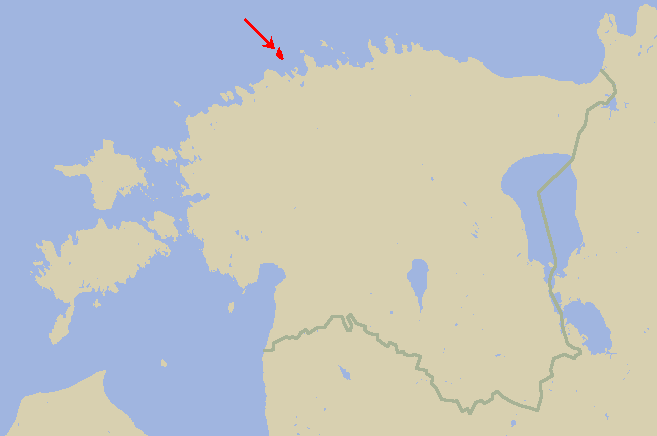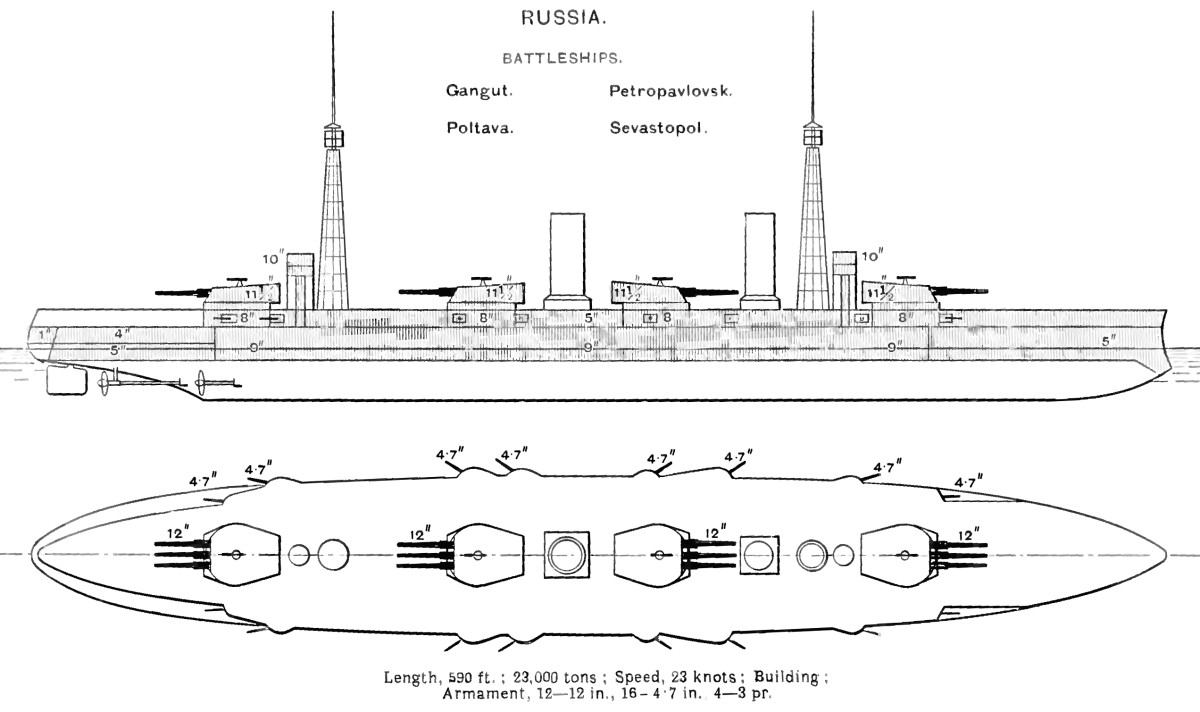|
Stepan Maximovich Petrichenko
Stepan Maximovich Petrichenko (russian: link=no, Степа́н Макси́мович Петриче́нко; 1892 – June 2, 1947) was a Russian revolutionary, an anarcho-syndicalist politician, the head of the Soviet Republic of Soldiers and Fortress-Builders of Nargen and in 1921, ''de facto'' leader of the Kronstadt Commune, and the leader of the revolutionary committee which led the Kronstadt rebellion of 1921. Life Early years Stepan Maximovich Petrichenko was born in 1892 in the village of Nikitenka in the Zhizdrinsky Uyezd of Kaluga Governorate to a family of peasants. Two years after his birth, his family moved to Alexandrovsk (Yekaterinoslav Governorate), where Stepan graduated from city school and joined the local ironworks as a metalworker. In 1913 Petrichenko was called up for military service with the Russian navy, where he was assigned to the Russian battleship ''Petropavlovsk'', part of the Baltic Fleet. Soviet republic of sailors and builders D ... [...More Info...] [...Related Items...] OR: [Wikipedia] [Google] [Baidu] |
Soviet Republic Of Soldiers And Fortress-Builders Of Naissaar
Naissaar ( sv, Nargö; german: Nargen) is an island in Estonia. It is situated in the Gulf of Finland, northwest of the capital city Tallinn, and is administratively part of the Viimsi Parish, Viimsi parish. The island covers an area of . It is long and wide, and lies about from the mainland. The highest point on the island is Kunilamägi, which is above sea level. The island consists predominantly of coniferous forest and piles of stones and boulders. In 2020, the island had a population of 17; in 2011 the island had 35 or so permanent residents and some summer residents. Administratively the island is divided into three villages: Lõunaküla (Storbyn), Tagaküla, Harju County, Tagaküla (Bakbyn), and Väikeheinamaa (Lillängin). Until World War II, the island's native population numbered about 450 people of Estonian Swedes, Estonian-Swedish origin. However, all of the local residents fled from Naissaar to escape the 1944 Soviet invasion of Estonia. During the 1944–1991 S ... [...More Info...] [...Related Items...] OR: [Wikipedia] [Google] [Baidu] |
Kronstadt
Kronstadt (russian: Кроншта́дт, Kronshtadt ), also spelled Kronshtadt, Cronstadt or Kronštádt (from german: link=no, Krone for "crown" and ''Stadt'' for "city") is a Russian port city in Kronshtadtsky District of the federal city of Saint Petersburg, located on Kotlin Island, west of Saint Petersburg, near the head of the Gulf of Finland. It is linked to the former Russian capital by a combination levee-causeway-seagate, the St Petersburg Dam, part of the city's flood defences, which also acts as road access to Kotlin island from the mainland. Founded in the early 18th century by Peter the Great, it became an important international centre of commerce whose trade role was later eclipsed by its strategic significance as the primary maritime defence outpost of the former Russian capital. Kaplan, 1995 The main base of the Russian Baltic Fleet was located in Kronstadt, guarding the approaches to Saint Petersburg. In March 1921, the island city was the site of the Krons ... [...More Info...] [...Related Items...] OR: [Wikipedia] [Google] [Baidu] |
Helsinki
Helsinki ( or ; ; sv, Helsingfors, ) is the Capital city, capital, primate city, primate, and List of cities and towns in Finland, most populous city of Finland. Located on the shore of the Gulf of Finland, it is the seat of the region of Uusimaa in southern Finland, and has a population of . The Helsinki urban area, city's urban area has a population of , making it by far the List of urban areas in Finland by population, most populous urban area in Finland as well as the country's most important center for politics, education, finance, culture, and research; while Tampere in the Pirkanmaa region, located to the north from Helsinki, is the second largest urban area in Finland. Helsinki is located north of Tallinn, Estonia, east of Stockholm, Sweden, and west of Saint Petersburg, Russia. It has History of Helsinki, close historical ties with these three cities. Together with the cities of Espoo, Vantaa, and Kauniainen (and surrounding commuter towns, including the eastern ... [...More Info...] [...Related Items...] OR: [Wikipedia] [Google] [Baidu] |
Anarcho-communists
Anarcho-communism, also known as anarchist communism, (or, colloquially, ''ancom'' or ''ancomm'') is a political philosophy and anarchist school of thought that advocates communism. It calls for the abolition of private property but retains respect for personal property and collectively-owned items, goods, and services. It supports social ownership of property and direct democracy among other horizontal networks for the allocation of production and consumption based on the guiding principle "From each according to his ability, to each according to his needs". Some forms of anarcho-communism, such as insurrectionary anarchism, are strongly influenced by egoism and radical individualism, believing anarcho-communism to be the best social system for realizing individual freedom. ... [...More Info...] [...Related Items...] OR: [Wikipedia] [Google] [Baidu] |
German Empire
The German Empire (),Herbert Tuttle wrote in September 1881 that the term "Reich" does not literally connote an empire as has been commonly assumed by English-speaking people. The term literally denotes an empire – particularly a hereditary empire led by an emperor, although has been used in German to denote the Roman Empire because it had a weak hereditary tradition. In the case of the German Empire, the official name was , which is properly translated as "German Empire" because the official position of head of state in the constitution of the German Empire was officially a "presidency" of a confederation of German states led by the King of Prussia who would assume "the title of German Emperor" as referring to the German people, but was not emperor of Germany as in an emperor of a state. –The German Empire" ''Harper's New Monthly Magazine''. vol. 63, issue 376, pp. 591–603; here p. 593. also referred to as Imperial Germany, the Second Reich, as well as simply Germany, ... [...More Info...] [...Related Items...] OR: [Wikipedia] [Google] [Baidu] |
Naissaar
Naissaar ( sv, Nargö; german: Nargen) is an island in Estonia. It is situated in the Gulf of Finland, northwest of the capital city Tallinn, and is administratively part of the Viimsi Parish, Viimsi parish. The island covers an area of . It is long and wide, and lies about from the mainland. The highest point on the island is Kunilamägi, which is above sea level. The island consists predominantly of coniferous forest and piles of stones and boulders. In 2020, the island had a population of 17; in 2011 the island had 35 or so permanent residents and some summer residents. Administratively the island is divided into three villages: Lõunaküla (Storbyn), Tagaküla, Harju County, Tagaküla (Bakbyn), and Väikeheinamaa (Lillängin). Until World War II, the island's native population numbered about 450 people of Estonian Swedes, Estonian-Swedish origin. However, all of the local residents fled from Naissaar to escape the 1944 Soviet invasion of Estonia. During the 1944–1991 S ... [...More Info...] [...Related Items...] OR: [Wikipedia] [Google] [Baidu] |
February Revolution
The February Revolution ( rus, Февра́льская револю́ция, r=Fevral'skaya revolyutsiya, p=fʲɪvˈralʲskəjə rʲɪvɐˈlʲutsɨjə), known in Soviet historiography as the February Bourgeois Democratic Revolution and sometimes as the March Revolution, was the first of two revolutions which took place in Russia in 1917. The main events of the revolution took place in and near Petrograd (present-day Saint Petersburg), the then-capital of Russia, where long-standing discontent with the monarchy erupted into mass protests against food rationing on 23 February Old Style (8 March New Style). Revolutionary activity lasted about eight days, involving mass demonstrations and violent armed clashes with police and gendarmes, the last loyal forces of the Russian monarchy. On 27 February O.S. (12 March N.S.) the forces of the capital's garrison sided with the revolutionaries. Three days later Tsar Nicholas II abdicated, ending Romanov dynastic rule and the Russian Empi ... [...More Info...] [...Related Items...] OR: [Wikipedia] [Google] [Baidu] |
Baltic Fleet
, image = Great emblem of the Baltic fleet.svg , image_size = 150 , caption = Baltic Fleet Great ensign , dates = 18 May 1703 – present , country = , allegiance = (1703–1721) (1721–1917) (1917–1922) (1922–1991)(1991–present) , branch = Russian navy , type = , role =Naval warfare; Amphibious warfare;Combat patrols in the Baltic;Naval presence/diplomacy missions in the Atlantic and elsewhere , size = c. 42 Surface warships (surface combatants, major amphibious units, mine warfare) plus support ships and auxiliaries 1 Submarine , command_structure = Russian Armed Forces , garrison = Kaliningrad (HQ)BaltiyskKronstadt , garrison_label = , nickname = , patron = , motto = , colors = , colors_label = , march = , mascot = , equipment = , equipment_label = , battles = Great Northern War * Battle of Stäket *Battle of Gangut Seven Years' War Russo-Swedish War (1788–1790) Russo-Turkish WarsCrimean War Russo-Japanese WarWorld War IRussian Civil War W ... [...More Info...] [...Related Items...] OR: [Wikipedia] [Google] [Baidu] |
Russian Battleship Petropavlovsk (1911)
''Petropavlovsk'' (russian: Петропавловск) was the third of the four dreadnoughts built before World War I for the Imperial Russian Navy, the first Russian class of dreadnoughts. She was named after the Russian victory in the siege of Petropavlovsk during the Crimean War. The ship was completed during the winter of 1914–1915, but was not ready for combat until mid-1915. Her role was to defend the mouth of the Gulf of Finland against the Germans, who never tried to enter, so she spent her time training and providing cover for minelaying operations. Her crew joined the general mutiny of the Baltic Fleet after the February Revolution of 1917 and she was the only dreadnought available to the Bolsheviks for several years after the October Revolution of 1917. She bombarded the mutinous garrison of Fort Krasnaya Gorka and supported Bolshevik light forces operating against British ships supporting the White Russians in the Gulf of Finland in 1918–1919. Later, her ... [...More Info...] [...Related Items...] OR: [Wikipedia] [Google] [Baidu] |
Yekaterinoslav Governorate
The Yekaterinoslav Governorate (russian: Екатеринославская губерния, Yekaterinoslavskaya guberniya; uk, Катеринославська губернія, translit=Katerynoslavska huberniia) or Government of Yekaterinoslav was a governorate in the Russian Empire. A common name for it in Ukrainian was Katerynoslavshchyna. Its capital was the city of Yekaterinoslav (Katerynoslav in Ukrainian, modern Dnipro). Today its territory is part of Ukraine. Location The government was created in 1802 out of the Yekaterinoslav vice-regency. The governorate bordered to the north with the Kharkov Governorate and Poltava Governorate, to the west and southwest with the Kherson Governorate, to the south with the Taurida Governorate and Sea of Azov, and to the east with Don Host Oblast. Administrative divisions The governorate was created in place of Novorossiysk Governorate in 1802 and encompassed a huge area of the southern Ukraine. Officially, the new governorate wa ... [...More Info...] [...Related Items...] OR: [Wikipedia] [Google] [Baidu] |
Zaporizhia
Zaporizhzhia ( uk, Запоріжжя) or Zaporozhye (russian: Запорожье) is a city in southeast Ukraine, situated on the banks of the Dnieper, Dnieper River. It is the Capital city, administrative centre of Zaporizhzhia Oblast. Zaporizhzhia has a population of Zaporizhzhia is known for the historic island of Khortytsia, multiple power stations (including Zaporizhzhia Nuclear Power Plant (the largest nuclear power station in Europe), Zaporizhzhia thermal power station, and Dnieper Hydroelectric Station) and for being an important industrial centre. Steel, aluminium, aircraft engines, automobiles, transformers for substations, and other heavy industrial goods are produced in the region. Names and etymology Renderings of the name include: Zaporizhzhia, Zaporizhia, or Zaporizhzhya, pronounced , , from uk, Запорі́жжя, . Also ''Zaporozhye'', , from russian: Запоро́жье, ). The name ''Zaporizhzhia'' literally refers to the position of the city located ... [...More Info...] [...Related Items...] OR: [Wikipedia] [Google] [Baidu] |





